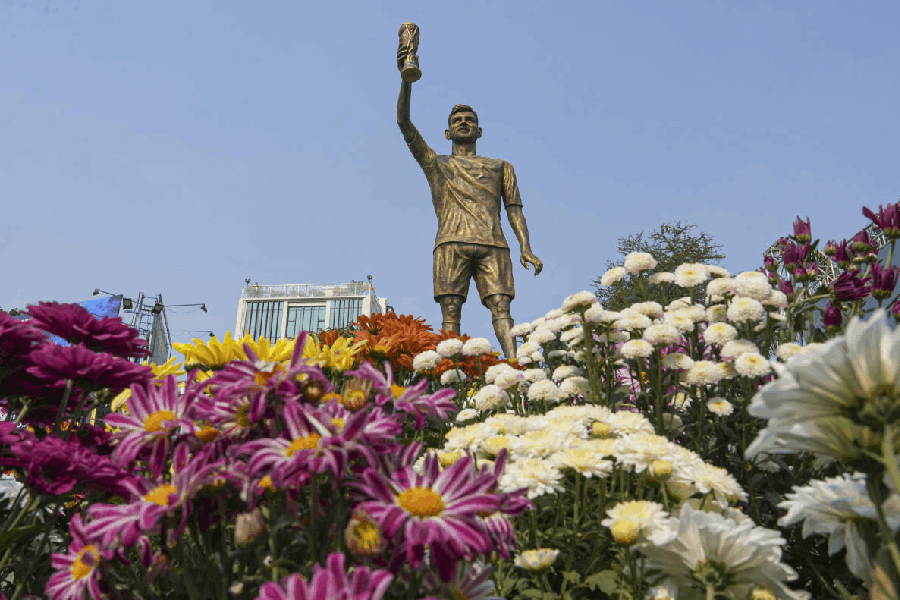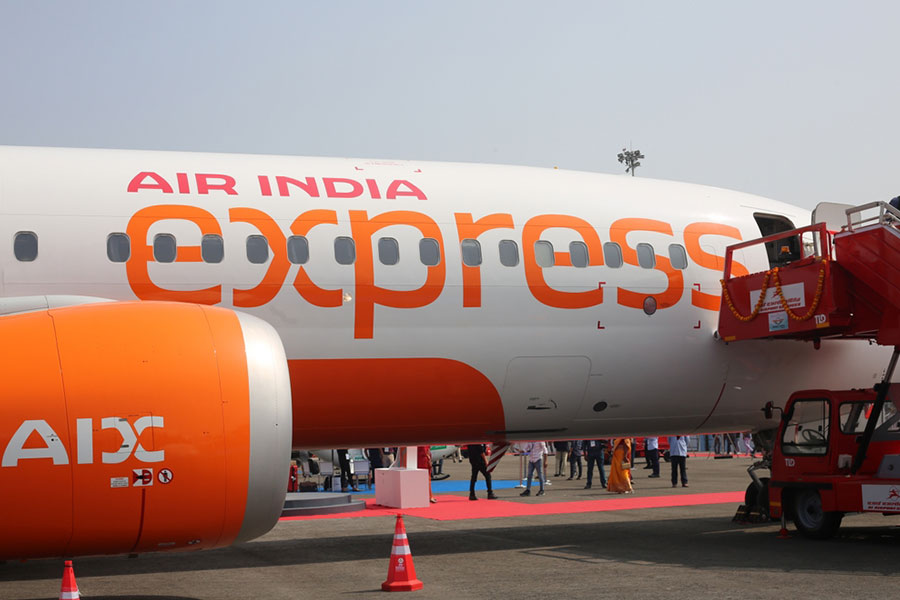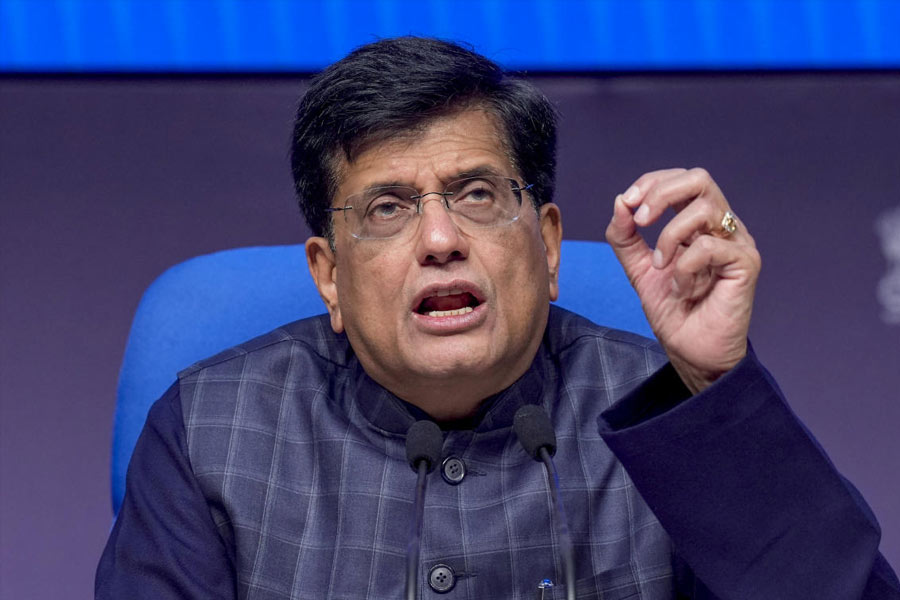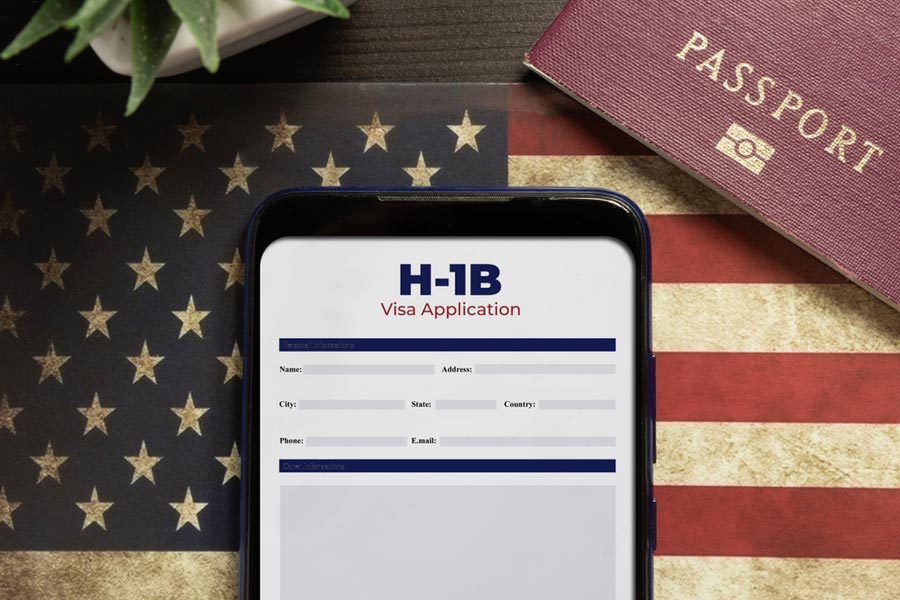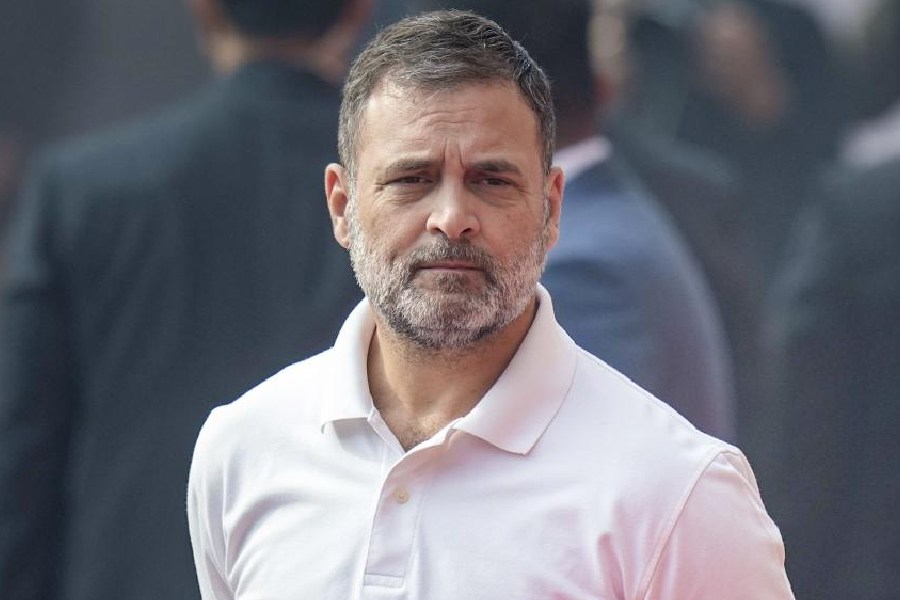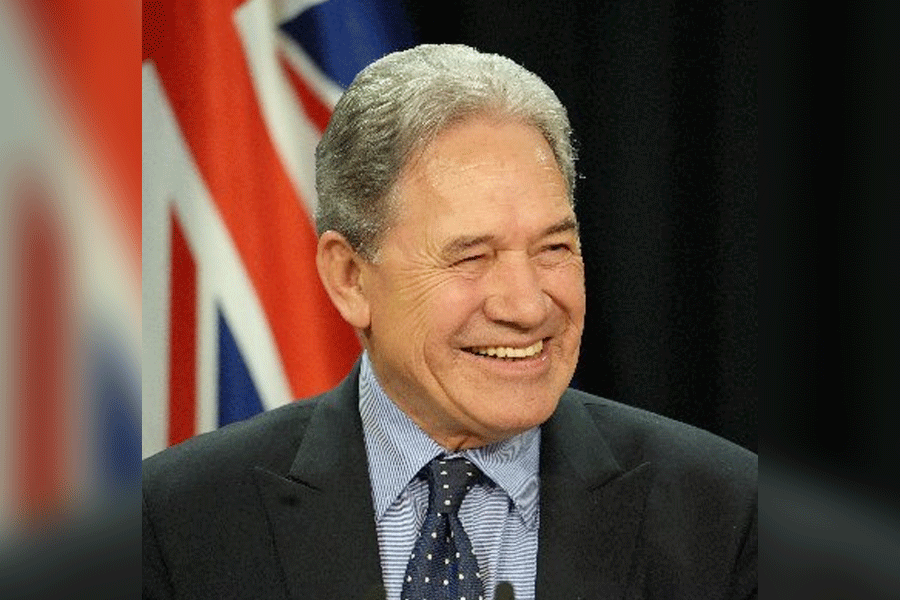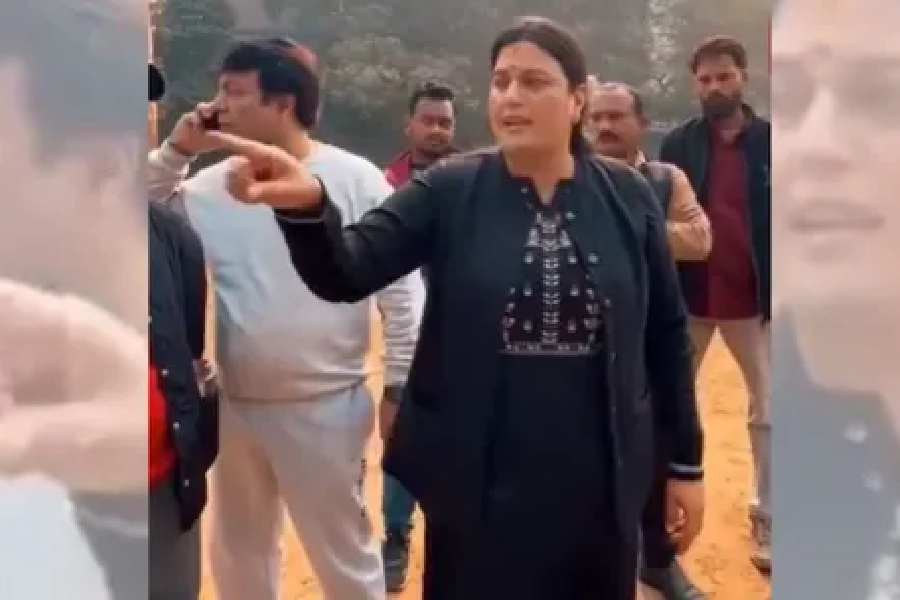 |
 |
It has been a sharp learning curve for Bruce Ashby, CEO, IndiGo, India’s newest airline. He landed in India for the first time almost exactly one year ago. Since then, he’s spent most of the time commuting between his Gurgaon home and his office a few miles away.
Now it’s chocks away and time for action. IndiGo has become India’s fourth low-cost airline and the fledgling carrier’s first plane is flying all the way to Imphal in the north-east and Bangalore in the south. Says Ashby, “People love discount travel when it’s quality travel.”
If IndiGo can stick to its timetable, the airline will be constantly gaining altitude for the foreseeable future. The scale of its ambitions can be gauged by the fact that a year ago it startled the international aviation world by announcing that it planned to buy 100 planes from Airbus Industrie in coming years. Now that its plans are firmer, Ashby says IndiGo will have six planes by December, 15 by end-2007 and 23 by December 2008. It aims to be in a state of constant but steady growth and its second plane will be flying into India in a few days.
Can Ashby pull it off? Certainly, he has graduated from the toughest school in the world for aviation executives: the US aviation industry. In the last two decades, ever since the industry was de-regulated, the biggest US airlines have engaged in a never-ending dogfight and battle for supremacy.
Ashby carries the scars of those battles. He was with US Airways when it filed for Chapter 11 (the US equivalent of bankruptcy). And he was still in the cockpit when it came out of Chapter 11 and was reborn as a low-cost airline. He’s also worked at Delta Airlines, which also entered Chapter 11.
During his last job at US Airways, he was the President of US Airways Express, a low-cost subsidiary that operated over 200 smaller planes like Embraers. At US Airways he became a close confidant of Rakesh Gangwal, the airline’s CEO and that’s how he has parachuted into a job in India. Gangwal is an investor in IndiGo with Rahul Bhatia, travel industry veteran and one of Delhi’s largest travel agents. Gangwal has held top jobs in companies like Air France, Delta and US Airways and was one of the industry’s stars during the ‘90s.
Ashby insists that the Indian aviation industry is entirely different from the US. Here the number of passengers reaching for their boarding cards is in vertical takeoff. For the last two years the number of people flying has risen by roughly 25 per cent and there’s no sign of a slowdown. “Personal incomes in India are rising. Demand is explosively large,” he says.
Contrary to popular perceptions, Ashby argues that there are still very few low-cost airlines and planes in India. At present, he says, there are only 19 planes between three other airlines. By contrast, SouthWest Airlines has more than 400 low-cost jets criss-crossing US skies and in Europe, low-cost airlines like EasyJet and Ryanair have more than 100 planes each.
He reckons that IndiGo could have got off the ground quicker if it had hired planes and pushed ahead at high speed. But, that might have led to problems in the long run as it would eventually have led to equipment mismatches — different planes, engines and even computer systems. And, for a low-cost airline, it’s imperative to keep such costs to an absolute minimum.
In India, he reckons, the tough part is not finding the passengers or fighting off other ambitious start-ups. The hard part is making sure that you don’t fall foul of the limited infrastructure and clogged airports. So, you’ve got together an intricate planning process of getting planes from one airport to another at just the right time so that they don’t get caught in snarls in the sky or on ground delays. “This requires a lot of of planning. It’s like solving an intricate jigsaw,” he says.
How will IndiGo be different from its rivals in the skies? Ashby is hoping that his airline’s offering will be transparent and gimmick-free. The airline will, for instance, return cash to passengers if a flight is over three hours late or offer them a ticket on the next flight or a credit for future flights. It’s hoping to make other rules similarly easy to understand and offer a true low-cost operation without any frills. Most importantly, however, the fares will be kept at rock-bottom levels (ideally around the Rs 3,000 mark).
But IndiGo has carefully charted out its future course and how it will catch-up and outfly its rivals. It has identified the key trunk routes where demand is still heavy like Delhi-Calcutta, Delhi-Goa and Delhi-Pune. Besides that it’s also looking at new parts of the aviation map and zeroing in on cities that are underserved and which have very few flights. “It’s almost hard to get to Bhubaneswar,” says Ashby. Other tier-two cities that the airline has its eye on include Bhopal, Indore, Ranchi, Rajkot and Coimbatore.
Can Ashby get the figures right and make IndiGo fly into profits? Ashby, who has an MA in applied mathematics from California’s Stanford University was working as a passenger yield management expert with a consultancy firm when he was offered a job by an airline. This is his first time as a chief executive but, over the years, he has worked in almost every department from marketing to route planning.
With all the new airlines revving up on the ground, the aviation industry is becoming brutally competitive. That means there are plenty of passengers waiting to get airborne but they are spoilt for choice between Indian, Jet and all the others. Besides that fuel prices have been rising and making it tougher to hold the price-line and offer cheap tickets. So, Ashby will discover very soon whether IndiGo can stick to its ambitious flightplan.
Photographs by Jagan Negi and Prem Singh
My favourite holiday
 |
Pradip Rozario,
restaurateur and chef
There’s probably only one issue on which my entire family comes to an unanimous decision and that’s our favourite place to holiday. Without a doubt, our best vacation spot is Thailand. I just love going there and fortunately the rest of them share my enthusiasm as well. We visited Thailand at the beginning of this year, and we’ll probably return in January 2007.
What I love most about Thailand — quite unsurprisingly — is the food. The sheer variety of cuisines, the constant innovations in the innumerable restaurants all around, always draws me like a magnet. I often go on an idea-shopping binge there.
Thailand is also a shopper’s paradise. I compulsively buy clothes, perfumes and watches on my trips there. But, I dread it when the bug bites my wife and I get dragged to Chinatown for jewellery shopping. Believe me, this takes a lot of time!
Thankfully, my kids are not old enough to go on wild shopping sprees, so I am spared. But almost as soon as we are on the flight back, I face a grim interrogation about our next trip. My kids just love the street food in Thailand. And to keep them quiet, I have to make the very same fare in my kitchen back in Calcutta for quite some time after the trip!
Route map
Now here are some good deals going around. If you want to watch the action live during the ongoing Sri Lanka tri-nation cricket series, the country’s tourist board has an interesting package to get you there. Pay just Rs 22,000 for a 2 nights and 3 days package that will throw in airfare on SriLankan Airlines, airport transfers, accommodation (in a B category hotel), breakfasts and even a match ticket.
For shopaholics there’s another bargain doing the rounds. There’s still time to catch the Malaysia Mega Sale Carnival on till September 3.
A sneak peek: some 220 shopping malls are offering discounts of upto 70 per cent.
Here’s how you can do this: take the Twin Destination Package jointly offered by Tourism Malaysia, Singapore Tourism Board and Air-India. The 4 night package to Malaysia and Singapore has been priced at Rs 16,999 and includes 2 nights each in KL and Singapore. The package includes airfare, airport transfers, first class accommodation with breakfast, half-day sightseeing in both the destinations and train fare from KL to Singapore. Available on Air-India, the package (valid till September 30) has just one rider — you’ll have to hop on from Delhi.


